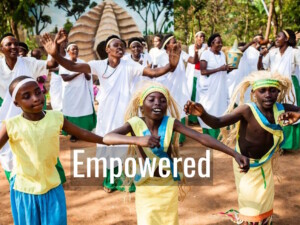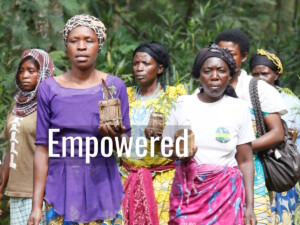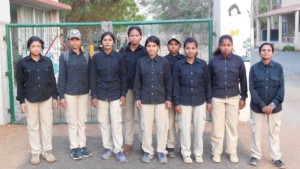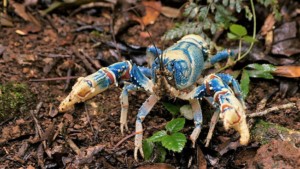World Bank to target support for PNG community-based tourism
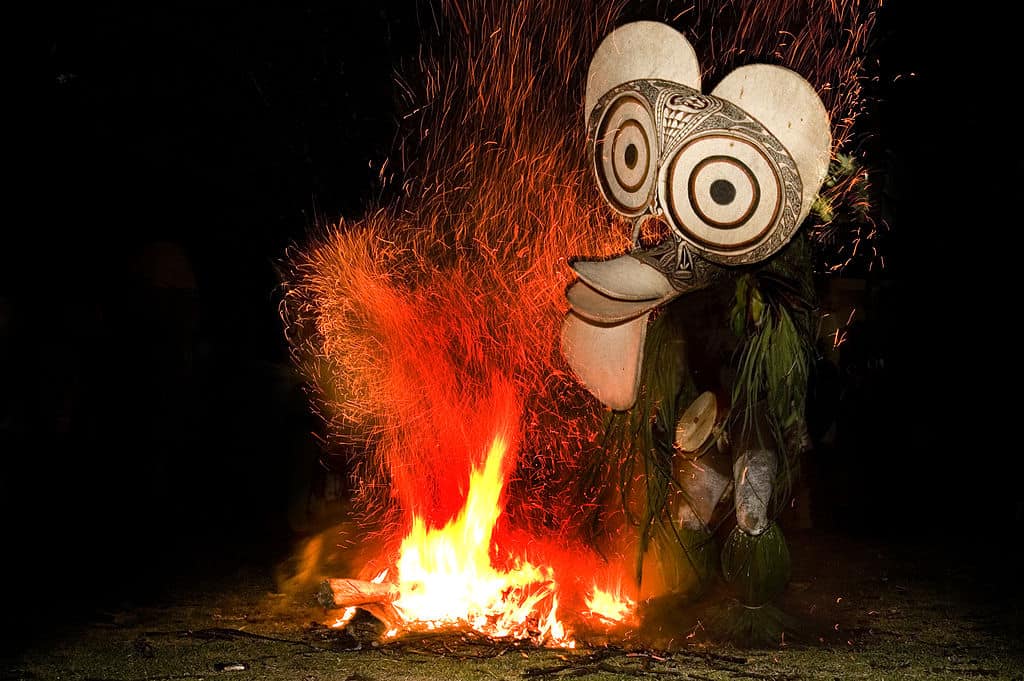
The project will work with PNG government and industry players on an “integrated approach to tourism” in the provinces of East New Britain and Milne Bay and will be informed by the results of an ongoing survey of international visitors to the country.
The World Bank project will incorporate an Environmental and Social Management Framework (PDF 2 MB), which in turn includes an “Indigenous Peoples Planning Framework” and “Resettlement Policy Framework”; tools to “guide the TPA on the environmental and social screening and subsequent environmental and social assessment of technical assistance and subprojects during project implementation”.
The full news release about the international visitor survey:
IFC-led survey reveals value of Papua New Guinea’s tourism sector
The International Finance Corporation (IFC) survey, in partnership with the Tourism Promotion Authority of Papua New Guinea, reveals tourists spent $105 million in the Pacific island nation in the first half of 2017 with each visitor spending $2,558 per trip on an average.
The International Visitor Survey (IVS), undertaken by the New Zealand Tourism Research Institute (NZTRI) of Auckland University, measures travel patterns, behaviors, and spending by PNG’s international visitors arriving by air. The survey excludes those arriving for short-term employment. Travelers are required to complete an online survey on returning home from PNG.
“The early results from the IVS provide detailed information about arrivals that can be used to inform PNG’s tourism development,” said Tom Jacobs, IFC Regional Manager, Pacific. “It is excellent to be able to say with confidence that visitors have contributed $105 million to the PNG economy in just the first half of the year.”
Results show the importance of Australian and Asian visitors for PNG’s tourism sector. Visitors from these countries constitute 75 percent of the total tourist arrivals. Although visitors holidaying comprise only 24 percent of arrivals, they are by far the highest spenders with an average spending of $3,188 per person per trip. Business visitors and those visiting friends and relatives, too, comprise important markets making up 41 percent and 20 percent of total air arrivals respectively.
Most visitors stay in the Papua Region of the country, which is home to the National Capital District. Those who venture into the country, usually visit the Island region (22%) and Momase region (21%). Tourists holidaying say that they find the people, activities and attractions, and scenery or landscape as the most appealing aspects of PNG. Nearly all visitors would like to further explore the country, with 93 percent saying that they would like to be back in PNG.
“The results show there is still plenty of work to be done to attract more high-spending holiday visitors from Australia, Asia and long haul markets in North America and Europe,” said Alice Kuaningi, Director of Marketing, Tourism Promotion Authority. “The international visitor survey will continue to provide us with critical information about visitor behavior and trends as we continue its implementation through the rest of this year and the next.”
The ongoing survey is a joint effort between the PNG Tourism Promotion Authority and the New Zealand Tourism Research Institute at Auckland University, with support from IFC. Funding is also provided by the Pacific Partnership.
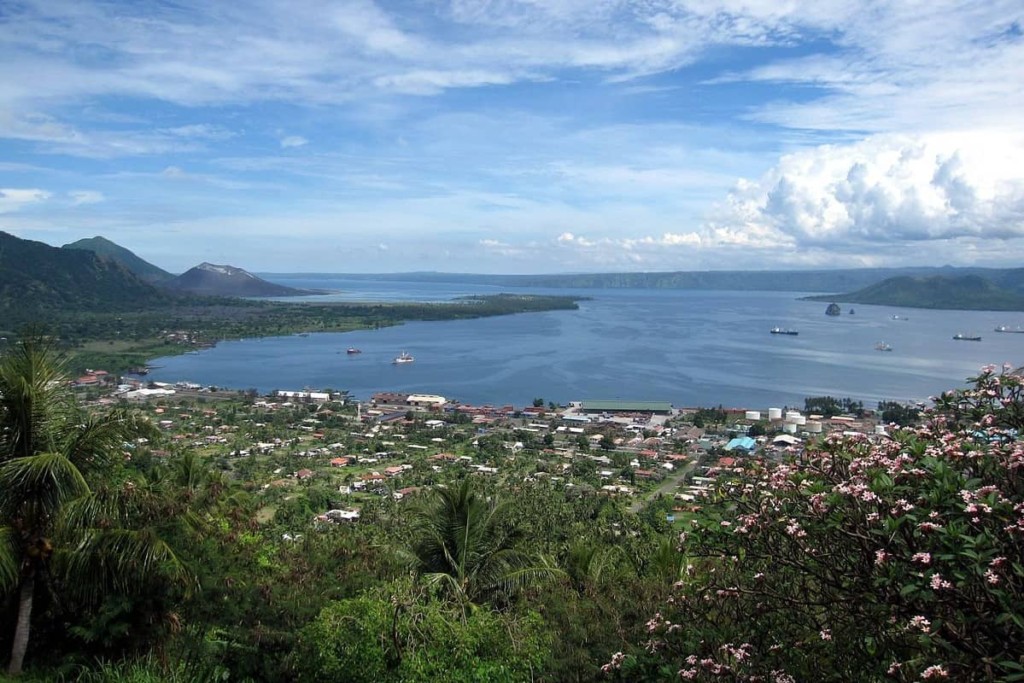
Rabaul, East New Britain from the Vulcanology Observatory, with the old town to the left and the new town to the right. By Stefan Krasowski from New York, NY, USA (CC BY 2.0) via Wikimedia.
The results of the survey will also contribute to the World Bank’s upcoming Tourism Sector Development Project, which will work with the government and industry players on implementing an integrated approach to tourism in Papua New Guinea. The US$20 million (PGK64 million) credit will also provide targeted support for community-led micro-enterprises to create jobs, especially for women.
What is IFC
IFC, a member of the World Bank Group, is the “largest global development institution focused on the private sector in emerging markets”.
“In FY17, we delivered a record $19.3 billion in long-term financing for developing countries, leveraging the power of the private sector to help end poverty and boost shared prosperity.
“IFC’s work in the Pacific is guided by the Pacific Partnership. Australia, New Zealand and IFC are working together through the Pacific Partnership to stimulate private sector investment and reduce poverty in the Pacific.”
Featured image: Firedancer of the Baining people on the Gazelle Peninsula, East New Britain, Papua New Guinea. By Taro Taylor from Sydney, Australia (CC BY 2.0) via Wikimedia.
Download
Related posts


